A new BAMPFA exhibit grapples with Syria’s civil war, inviting students to reflect
"Abounaddara: The Ruins We Carry" premieres a new video installation from an anonymous Syrian art collective.
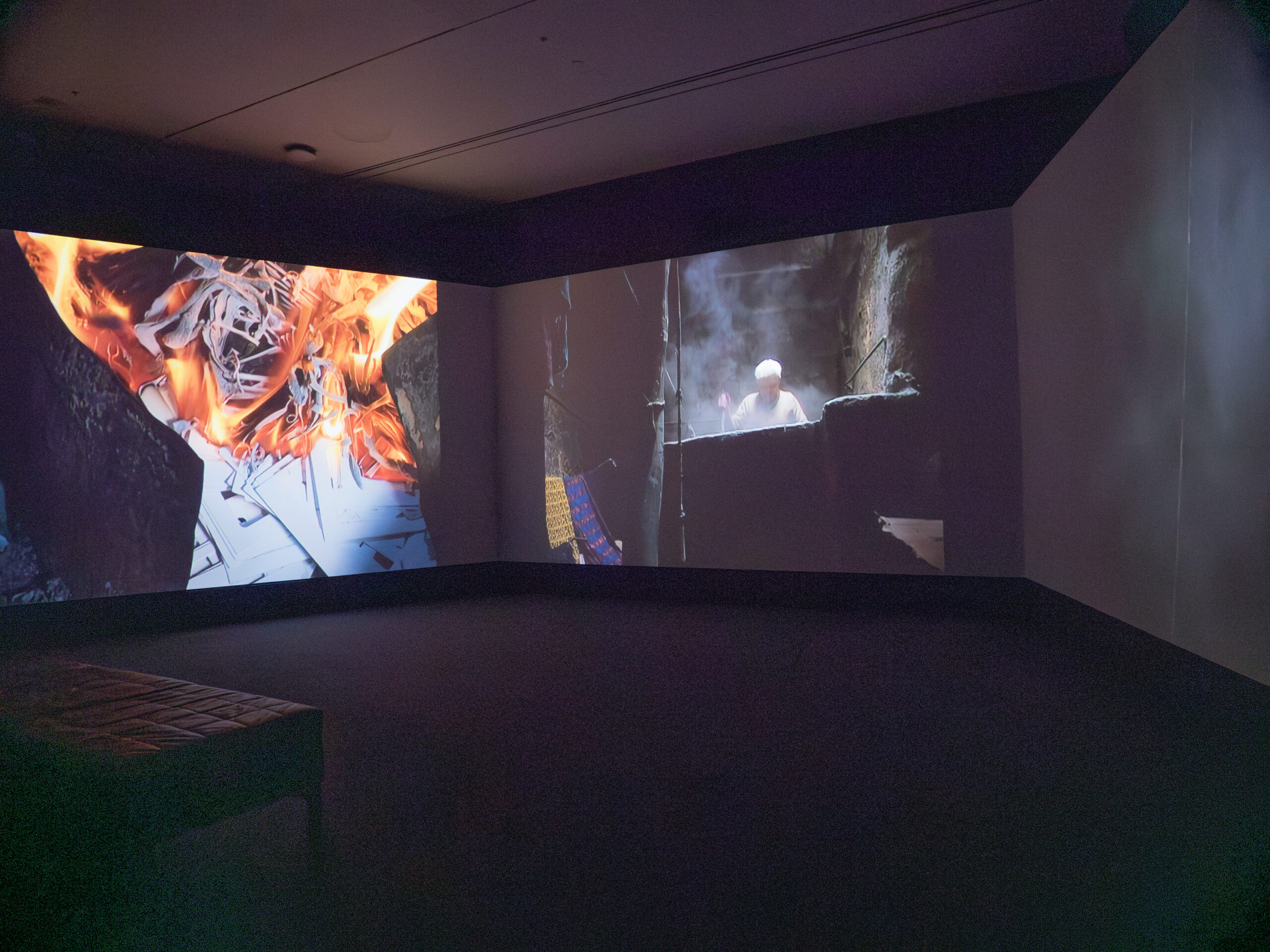
Daria Lugina/BAMPFA
October 9, 2024
In 1970, UC Berkeley became one of the first public universities in the U.S. to establish an art museum and film archive on its campus. Administrators envisioned it as a vital educational resource for the whole campus — not just for art and film students, but for scholars from across and beyond the university community working in a range of disciplines. True to this vision, the Berkeley Art Museum and Pacific Film Archive (BAMPFA) has always maintained deep connections with nearly every academic department on campus. In recent years, this has increasingly taken the form of direct collaborations between faculty, students, and the museum’s curatorial staff, who have partnered on programs that combine Berkeley’s unparalleled scholarly resources with the artistic vibrancy of one of America’s preeminent university museums.
This semester, that spirit is being realized in a new art exhibition, Abounaddara: The Ruins We Carry, which opens today, Wednesday, October 9, at BAMPFA and runs through Feb. 23. Reflecting the museum’s global perspective, it centers on the world premiere of a new video installation by Abounaddara, an anonymous collective of artists who have portrayed life in Syria during the brutal civil war that has wracked that country over the past 13 years. It marks the latest installment of Campus Collaborations, a relatively new series of BAMPFA exhibitions that are curated in partnership with Berkeley faculty.
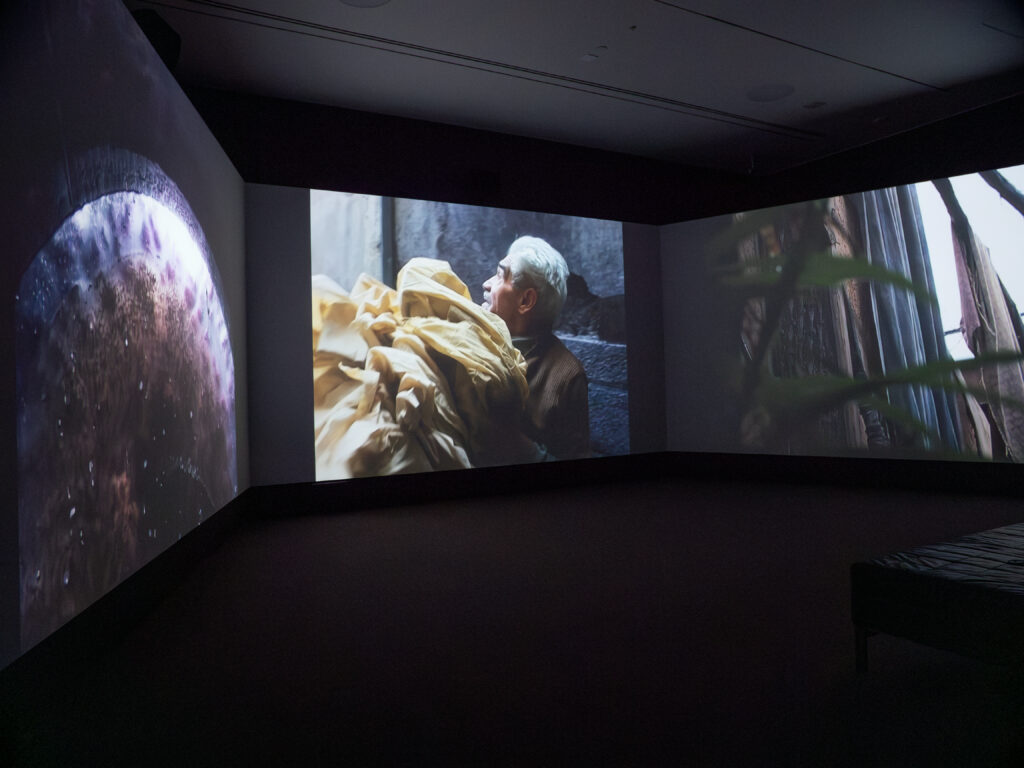
Daria Lugina/BAMPFA
Abounaddara: The Ruins We Carry was first conceived by Anneka Lenssen and Stefania Pandolfo, both Berkeley professors who co-curated the exhibition with BAMPFA Chief Curator Margot Norton and Curatorial Associate Matthew Villar Miranda. Lenssen is an associate professor of global modern art, but Pandolfo hails from the Anthropology Department, one of many faculty members from outside the departments of Art Practice and History of Art who have partnered on BAMPFA’s public programming.
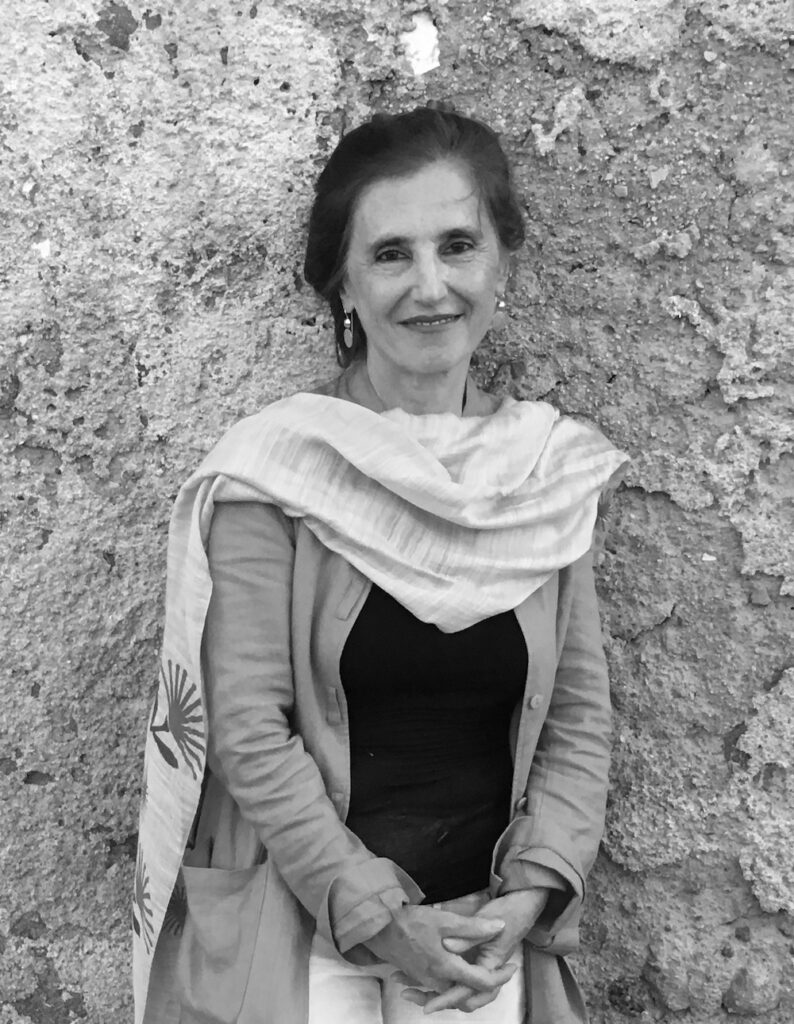
Courtesy of BAMPFA
“This is the second time I have collaborated with BAMPFA. Both experiences have been important and transformative and have touched at the core of the questions I address in my work as an anthropologist; they have enriched my research, writing, my students and my colleagues,” said Pandolfo. “This exhibition demonstrates the importance and the necessity of art at a time of catastrophe. Artworks, images and films can show and move us where sometimes books and discourse cannot reach, and as such are central in any pedagogical project. In this sense, collaborations such as this are vital and need to be supported in all ways.”
Both professors are currently teaching courses that directly incorporate the exhibition into their syllabi. Lenssen’s Art History 101 is a required introductory course for art history majors whose enrollees this semester will complete a written assignment about Abounaddara. Pandolfo is centering the exhibition this semester in two of her anthropology courses, an undergraduate course and a graduate seminar. But students’ engagement with the material will go deeper than simply attending the exhibition or writing about it; they will interact directly with the Syrian artist Charif Kiwan, a spokesperson for Abounaddara (and the collective’s only non-anonymous member), who is attending the exhibition opening in Berkeley this week and will appear in person in Lenssen and Pandolfo’s classes.
To inaugurate the exhibition, Kiwan will join Lenssen and Pandolfo in conversation this evening at BAMPFA for a 7 p.m. screening of short films created by Abounaddara between 2010 and 2017, a period that stretches from the heady optimism of the Arab Spring to the dashed hopes and crushing violence of the Syrian civil war, a catastrophic conflict that continues to smolder. During that period, Abounaddara (whose name means “the man with the movie camera”) produced more than 300 short films documenting what Lenssen and Pandolfo describe in their program notes as “signs of radical possibility in the everyday”: scenes of ordinary Syrians finding meaning in the quotidian realities of daily life against a backdrop of chaos and societal upheaval. A curated selection of these films will screen every weekend throughout the run of the exhibition in BAMPFA’s downstairs Theater 2, where they will be accessible to students and general audiences alike.
Abounaddara’s short films are being presented in dialogue with the centerpiece of the exhibition, a new video installation entitled The Imagemaker. The work follows a man named Abou Diab, the last practitioner of the centuries-old Syrian tradition of stamped cloth, as he labors in his dimly lit workshop in Damascus. He prints on fabrics with alchemical inks handmade from rotting, rusted materials. Moving back and forth through time across three concurrent video projections, The Imagemaker presents a powerful metaphor of an artist refashioning the ruins around him into a new creative expression, much like Abounaddara’s own practice of building a living video archive amid the ashes of war-torn Syria.
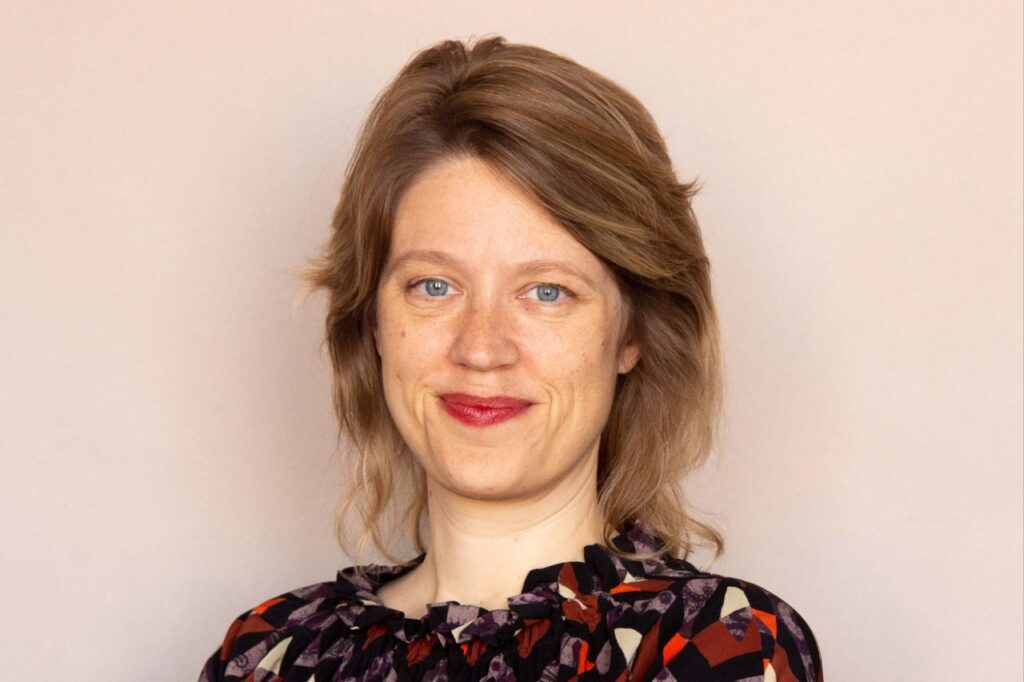
Courtesy of BAMPFA
When Lenssen and Pandolfo first proposed an exhibition about Abounaddara to the team at BAMPFA, it proved to be a fortuitous opportunity in more ways than one. Margot Norton, who had recently joined the museum as chief curator, was already well-acquainted with the collective, having worked on a previous group exhibition that included their work in New York. Norton was excited at the prospect of organizing Abounaddara’s first-ever solo museum exhibition, and doing so with two distinguished scholars who could illuminate this work in an academic context.
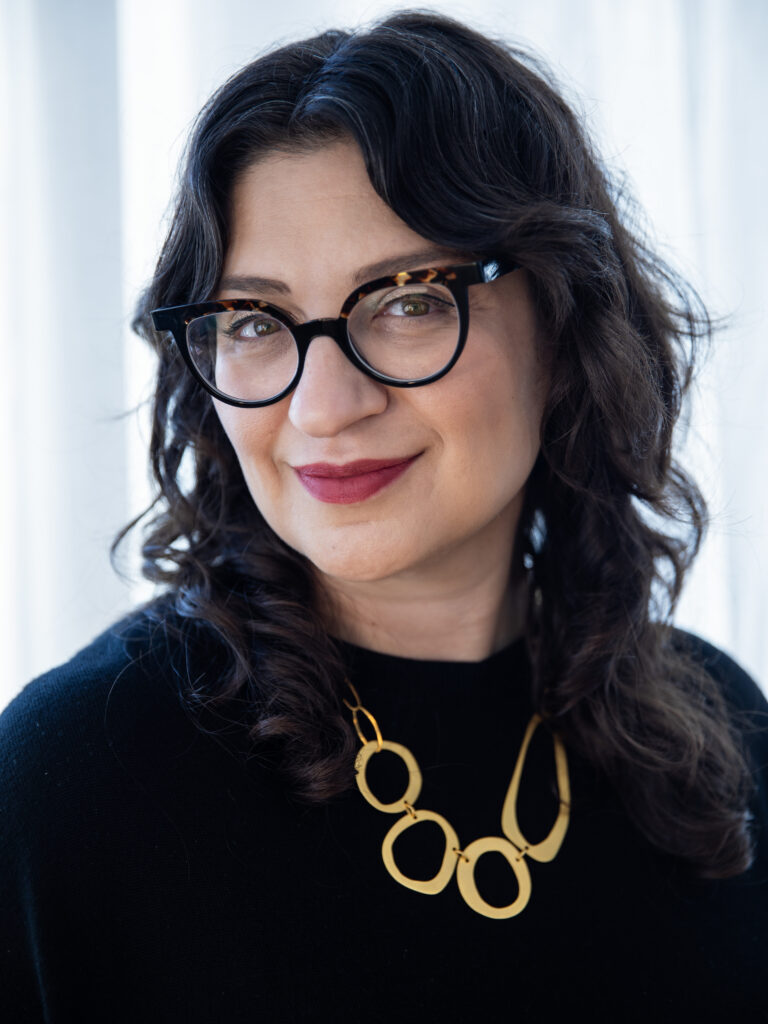
Courtesy of BAMPFA
“Our exhibition brings together all three pillars of BAMPFA: art, film and students,” said Norton. “It is an honor to collaborate with Anneka Lenssen, Stefania Pandolfo and the Abounaddara collective to showcase their groundbreaking films through this exhibition, and especially to commission and premiere Abounaddara’s first encompassing, multi-channel video installation, The Imagemaker. Bringing together artists, faculty and students through collaborative exhibitions like this one goes deeper and in a more meaningful way than simply mounting a show, and it is something that can only happen at a university museum like ours.”
“There’s something remarkable about the museum making a world premiere of a new work possible, and to then be teaching a class where there are assignments that involve attending the piece in real time and thinking about its stakes in the world and sharing that first exposure, that kind of critical engagement,” said Lenssen. “The students are all attending, writing, sharing the experience with their friends and bringing others to the show. That’s extraordinary.”